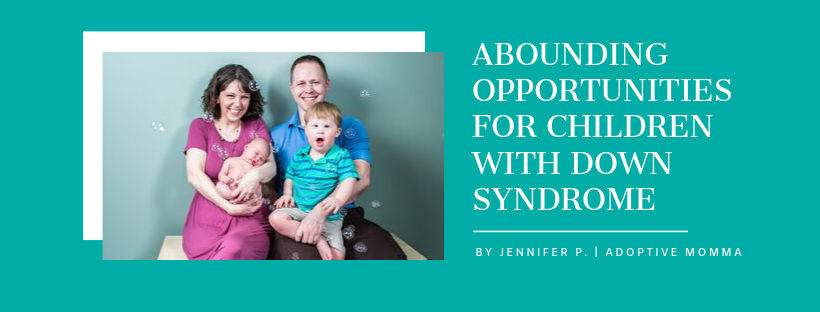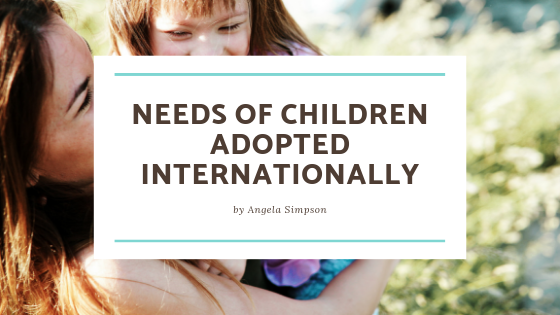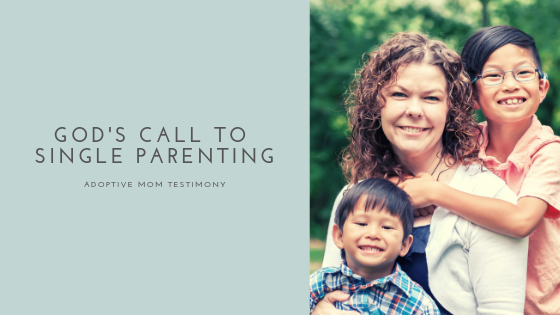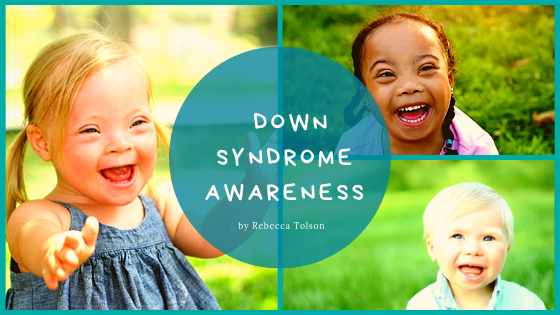Nightlight believes that every child deserves a loving and permanent family, regardless of their age, gender, ethnicity or health status. Over the last twenty years, the landscape of adoption has changed. While many families are hoping to adopt a healthy infant, the focus now by agencies and governments, is on adopting older children, sibling […]









